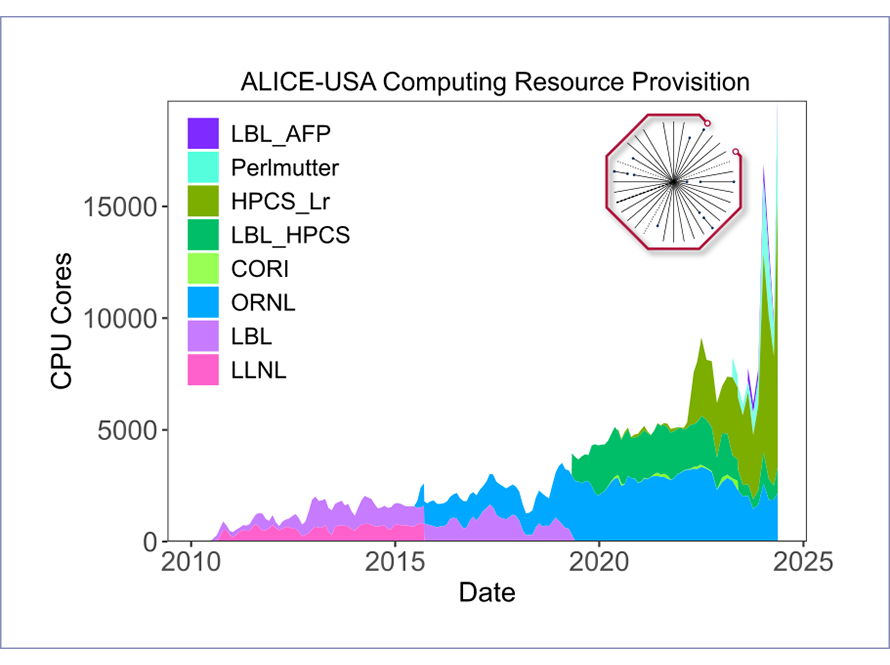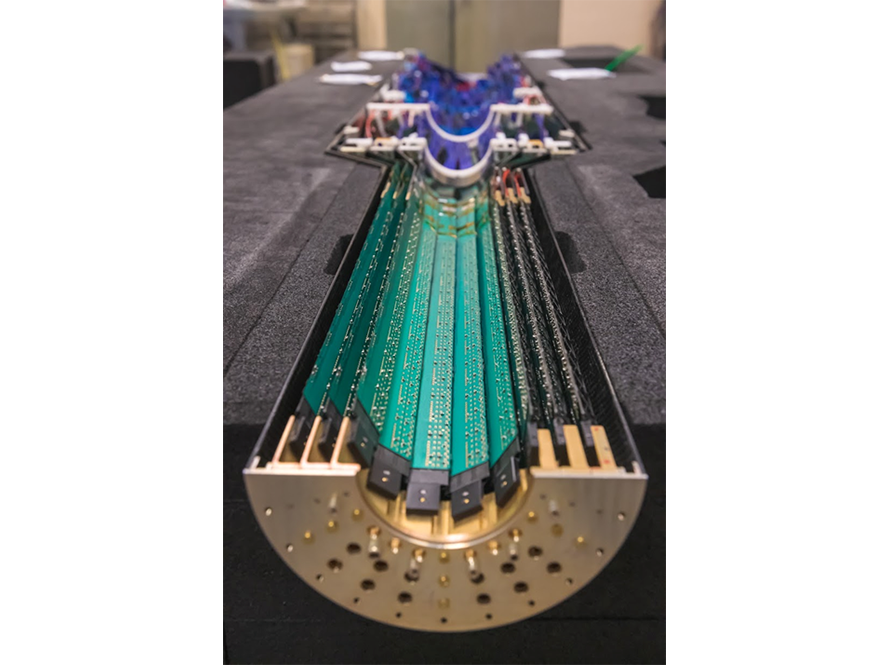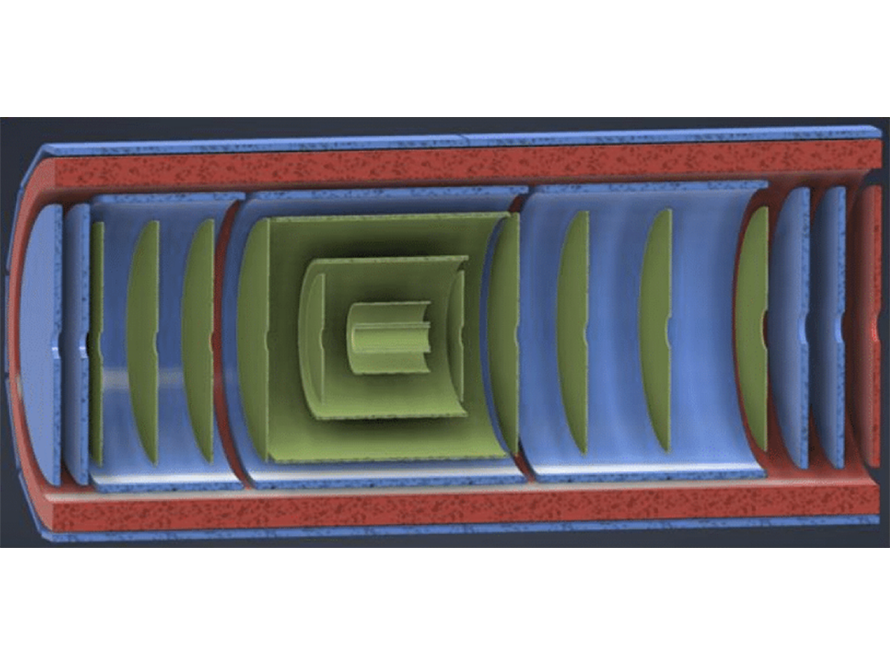
Analyzing the large amount of data accumulated by the STAR and ALICE detectors is a formidable challenge and RNC provides significant computing capabilities for both experiments. The ALICE-USA Computing project provides grid computing resources for the ALICE experiment. Data from the STAR detector is stored and processed at the LBL ITD Lawrencium cluster and at NERSC.

This program studies the nature of strongly interacting matter and exploration of the QCD phase diagram. Lattice QCD calculations indicate that at sufficiently high temperatures (~2 trillion degrees), nuclear matter dissolves into a plasma of quarks and gluons, called the quark-gluon plasma (QGP). The QGP filled the universe 10 microseconds after the Big Bang, and may exist today in the cores of neutron stars.

The RNC is active in tracking detectors based on next generation Monolithic Active Pixel Sensors (MAPS), including a revolutionary mechanical support structure that was developed by RNC. The RNC made significant contributions to the upgrade of the Inner Tracking System (ITS2) utilizing the next-generation fast MAPS to the ALICE detector, which will enable the experiment to fully exploit the higher luminosities of the LHC in future runs.

In addition to pursuing existing programs at RHIC, ALICE, and JLab, the RNC has been involved in the development of the physics case and detector design for the future Electron-Ion Collider (EIC). This is planned to be the next new nuclear physics facility built in the US and brings together both physics and detector technologies from the heavy-ion and hadronic physics communities.

The RNC also studies the quark-gluon structure of the conventional matter – protons, neutrons, and nuclei – that make up more than 99% of the visible mass in the universe. This program is focused on key measurements that provide information on the spatial, momentum, spin, and flavor structure of quarks in protons and neutrons, as well as studies of the modification of proton and neutron structure in dense nuclei.